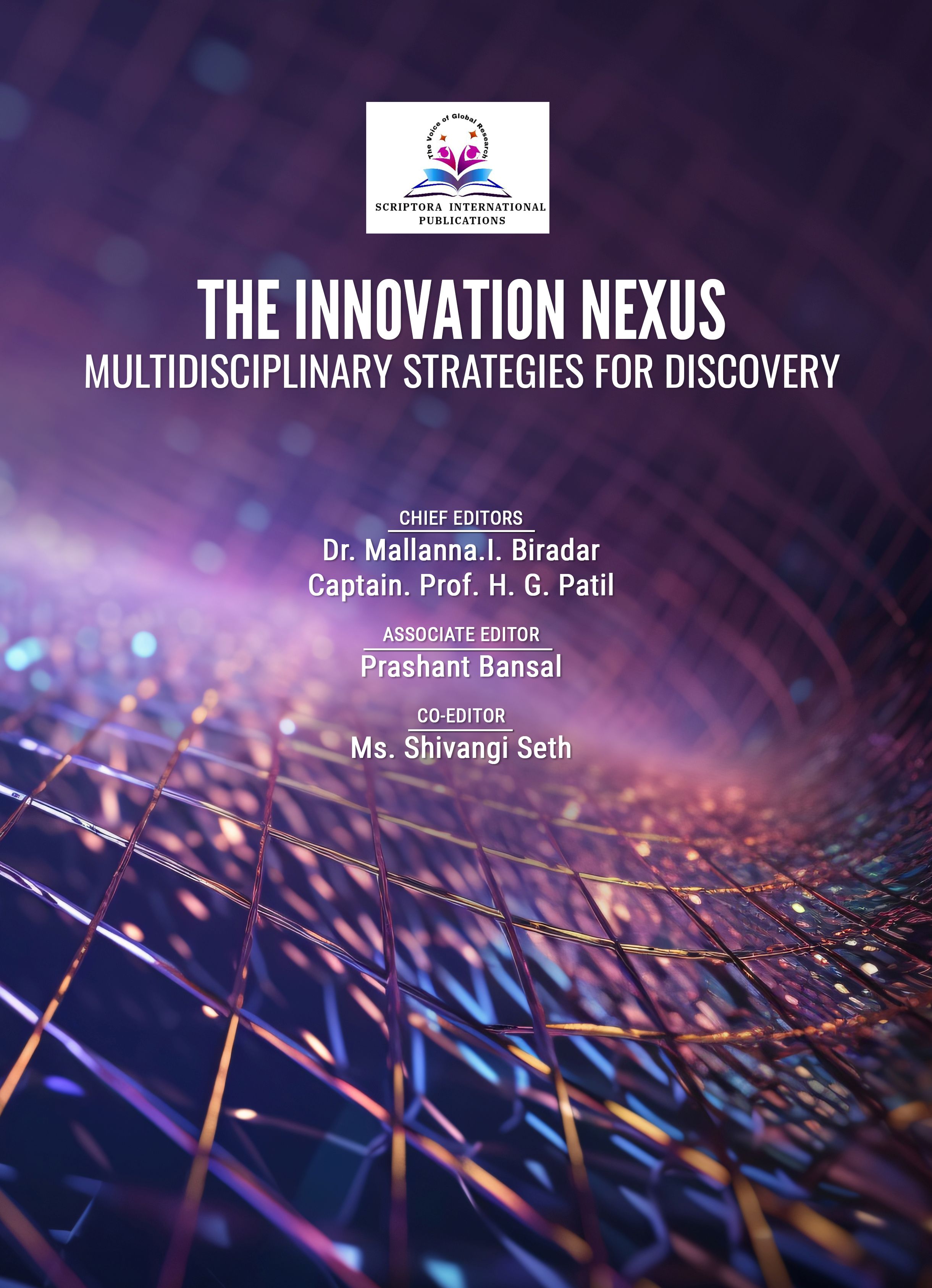BLENDED LEARNING MODELS: INTEGRATING DIGITAL TOOLS FOR HOLISTIC LEARNING
DOI:
https://doi.org/10.25215/8198189866.05Abstract
Blended learning models represent a transformative approach to education that combines traditional face-to-face instruction with digital technologies to create a more personalized, flexible, and engaging learning experience. This paper explores the integration of digital tools in blended learning environments and how they contribute to holistic learning by supporting cognitive, emotional, and social development. Through an analysis of various models—including the flipped classroom, station rotation, and enriched virtual models—this study highlights the advantages of blended learning in enhancing student autonomy, fostering collaboration, and improving learning outcomes. Furthermore, it discusses the challenges associated with digital integration, such as ensuring equitable access and maintaining instructional quality. The findings suggest that when implemented thoughtfully, blended learning can significantly enrich the educational process by aligning pedagogy with the evolving needs of 21st-century learners.Published
2025-06-15
Issue
Section
Articles


